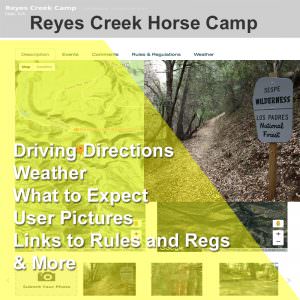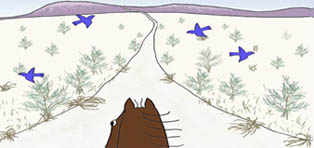 Trailmeister.com - Full Article
Trailmeister.com - Full Article
July 3 2017
by Robert Eversole
Paradise. For some that’s an image of a tropical beach, for me, it’s a dirt trail that twists and meanders to a backcountry camp deep in the wilderness. It’s a quiet solitude punctuated by the peaceful clip clop of hooves and the far scream of an eagle aloft. It’s the sweet perfume of pine on a warm summer day. It’s the companionship of a trusted horse who will faithfully take you home.
Unfortunately, in a growing number of cases paradise is padlocked.
In only a few short generations we’ve “improved” a lot of backcountry and rural areas into suburbia and shopping malls. Trail Closed signs are both dreaded and unfortunately frequently encountered. Least we lose them, we’d better take care of the equine friendly country that remains. Paradise needs protecting.
You don’t have to be a trail rider, or even have your own horse, to recognize the importance of conserving horse trails. There are many things that each of us can do to preserve equine trails. Here’s one easy thing that you and I can do to help keep our trails open.
Avoid Wet Trails
I count this under the headings of both good stewardship and good relations with other trail users.
Rain will be in the forecast. Throughout the spring season, trails tend to be more saturated and hold more water, sometimes taking days to dry. Simply put, if mud or wet trail is sticking to your shoe or your horse’s shoes, you should turn around.
I understand that “stuff” happens. Through either bad circumstance or poor judgment, we’ve all found ourselves in situations and on trails we shouldn’t have been on. I‘m not here to place blame, or be a trail Nazis, but simply to spread awareness and encourage everyone to be considerate trail users. After all, these are our trails, paid for largely by our tax dollars, donations, and volunteer labor. It’s up to us to protect and sustain them for years to come.
Here are two reasons not to ride wet trails...
Read more here:
https://www.trailmeister.com/how-to-help-keep-horse-trails-open-reyes-creek-horse-camp/?cat=1
 The-Journal.com - Full Article
The-Journal.com - Full Article





